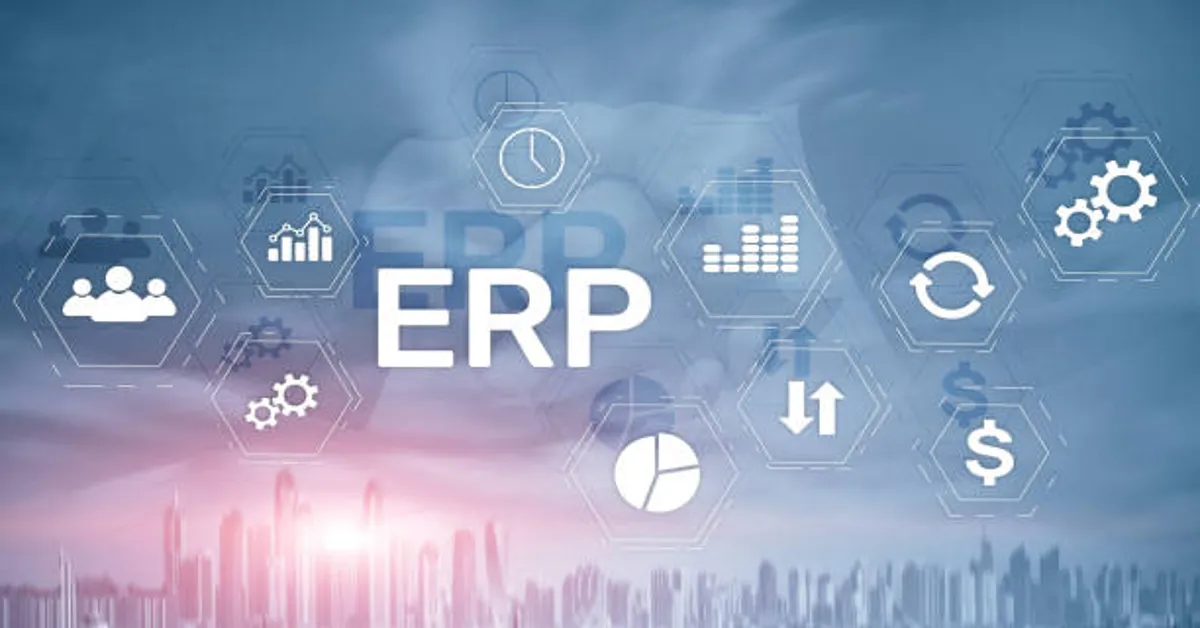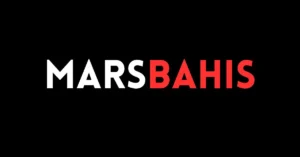In today’s digital era, where data flows are massive and institutions strive to function with increasing efficiency, the demand for comprehensive, centralized management software is stronger than ever. For years, large enterprises and elite educational institutions have enjoyed the benefits of robust enterprise resource planning (ERP) systems that automate processes, streamline operations, and allow for real-time data access. However, small organizations—especially community schools, mid-size businesses, and nonprofit institutions—have often struggled to adopt such systems due to cost, complexity, or infrastructure limitations. This is precisely where Pacifyca, a cloud-based ERP solution, positions itself as a game-changer.
Pacifyca is designed not only to be functional and modular but also accessible to institutions that traditionally find ERP adoption difficult. Whether it’s a small school in a rural area or a medium-sized business looking to modernize operations, Pacifyca offers a unified digital backbone that connects all departments under a single interface. Built using open-source architecture and cloud deployment, Pacifyca reduces hardware costs, eliminates licensing barriers, and ensures scalability without the heavy burden of capital expenditure.
This article offers a deep and detailed understanding of Pacifyca, its features, benefits, and the impact it can create for both educational institutions and industries. We will walk through its origins, technological design, module offerings, user interface, cost-effectiveness, scalability, and real-world applications to offer a well-rounded look at this software solution.
The Vision Behind Pacifyca
The inception of Pacifyca was rooted in a strong vision: to bridge the technological gap between well-funded and underserved institutions. The ERP space has long been dominated by expensive proprietary solutions which, although highly capable, are often beyond the financial reach of small schools or mid-scale businesses. Pacifyca was born out of the desire to create an affordable, scalable, and flexible ERP system that meets the needs of such organizations without compromising on functionality or user experience.
Instead of focusing solely on profit, the creators of Pacifyca adopted a value-driven model. Their goal was not only to provide software but to build digital infrastructure that could empower schools and businesses to make informed decisions, streamline operations, and deliver better services to their stakeholders. From education to manufacturing, from account management to learning systems, Pacifyca aims to support various industries through one centralized platform that eliminates data silos and increases visibility.
Architecture and Technological Foundation
At its core, Pacifyca is a cloud-native ERP platform. This means it is built to operate entirely online, hosted on scalable cloud environments that require no on-premise servers or complex local installations. This design choice drastically reduces setup time and IT overhead, making it especially suitable for organizations without a dedicated technical staff.
Technologically, Pacifyca leverages open-source tools for development, which offers two major advantages. First, it minimizes licensing costs, making the software affordable. Second, it allows for faster iterations, community-driven development, and easier customization based on specific use cases. All components are integrated through a unified database architecture, ensuring that data entered in one module is instantly available across all others—promoting accuracy, reducing redundancy, and enabling real-time reporting.
The platform supports modern web standards, is mobile-friendly, and is optimized for speed and low bandwidth environments. This ensures that users in remote locations with limited internet access can still perform critical functions like marking attendance, checking schedules, or accessing financial reports without system lag or interruptions.
Comprehensive Features for Educational Institutions
One of Pacifyca’s most significant application areas is education, where it offers a full-featured ERP system tailored to the needs of schools, colleges, and even pre-schools. Below is a breakdown of the primary features that educational institutions can expect from the platform.
Admissions Management: The software simplifies the process of enrolling students by providing digital forms, document submission tracking, application status updates, and automated acceptance letters. It minimizes manual errors and allows administrative staff to process more applications in less time.
Attendance Tracking: Teachers can easily mark daily attendance, and the system can auto-generate attendance reports for individual students, classes, or grades. Alerts for absenteeism can be sent to parents via SMS or app notifications, improving transparency.
Fees and Accounting: With Pacifyca, schools can generate and distribute fee invoices, accept payments online, track dues, and send reminders. All transactions are recorded and linked to a real-time dashboard, making financial management more streamlined and auditable.
Exams and Grading: Exam schedules can be created and shared with students and parents. Teachers can enter marks, and the system calculates grades automatically. It also generates printable report cards and allows for performance analytics by subject or term.
Time Table and Scheduling: Pacifyca helps schools avoid class overlaps and manage faculty time effectively by providing a dynamic scheduling module that can be adjusted quickly when needed.
Communication and Alerts: Notifications can be sent to parents or staff members regarding meetings, holidays, events, or urgent updates. This ensures that everyone stays informed without the need for manual messaging or multiple platforms.
Library and Inventory Management: The platform includes modules for tracking book circulation, managing school assets, and monitoring stock levels for consumables and fixed assets.
These features collectively create a digital ecosystem that handles the academic, administrative, and operational needs of educational institutions of all sizes.
Pacifyca in Non-Educational Industries
While Pacifyca is a popular solution among schools, it also offers immense value to businesses and nonprofit organizations across various industries. The core modules that enable this include:
Inventory and Procurement: Businesses can manage stock levels, reorder thresholds, supplier information, and purchase orders from a single dashboard. This is especially valuable for retail and manufacturing sectors.
Sales and CRM: The sales module tracks leads, follows up on opportunities, and manages customer relationships efficiently. It enables sales teams to understand their pipeline and optimize outreach strategies.
Finance and Accounting: Pacifyca allows companies to manage expense claims, generate invoices, reconcile accounts, and track profitability. It offers detailed financial reports that assist in budgeting and forecasting.
Human Resource Management: Staff records, payroll processing, leave tracking, and performance evaluations are handled through the HR module, ensuring that employee data is securely stored and easily retrievable.
Production Management: For manufacturing units, Pacifyca can handle production schedules, raw material planning, work orders, and output tracking. It provides a granular view of production stages and helps identify bottlenecks.
Project Management: Teams can collaborate on projects, assign tasks, set deadlines, and monitor progress through the project module. It supports real-time updates and promotes accountability across departments.
All these modules are fully integrated, allowing managers to gain an accurate overview of operations, identify trends, and make data-backed decisions that align with organizational goals.
Advantages of Pacifyca Over Traditional ERP Systems
Many legacy ERP systems, while feature-rich, are expensive, rigid, and resource-heavy. They require long implementation timelines, on-site servers, high licensing costs, and dedicated IT staff. Pacifyca, by contrast, delivers the same benefits with far greater efficiency and affordability.
Affordability: Open-source foundation and cloud hosting allow Pacifyca to be offered at a fraction of the cost of traditional ERP software. Some community or government-funded institutions even qualify for free deployment.
Quick Deployment: Most clients can go live in a matter of days. Online onboarding and training tools eliminate the need for long IT workshops or developer sessions.
Accessibility: Being fully web-based, Pacifyca can be accessed from any device, including smartphones and tablets. This is particularly useful for remote schools or traveling employees.
Scalability: Whether you are running a 100-student school or a 10,000-item warehouse, Pacifyca scales with your needs without the need for a new infrastructure setup.
Customizability: Modules can be added or removed based on organizational requirements. Reports, forms, and dashboards can also be customized to reflect local compliance needs or individual workflows.
Implementation Strategy and Best Practices
Successfully implementing an ERP like Pacifyca depends on a well-defined strategy and staff involvement. Institutions should begin with a needs assessment to determine which modules are most relevant to their operations. The initial phase may include only basic modules like admissions and fee tracking for schools or inventory and sales for businesses.
A pilot phase helps to identify usability issues and fine-tune workflows before rolling out across departments. Training sessions, which can be conducted virtually, help staff become comfortable with the system. A dedicated coordinator or implementation leader within the organization ensures adoption stays on track and any issues are addressed quickly.
Once the ERP is fully operational, periodic reviews can help identify areas for improvement, additional modules to be integrated, or new reports to be created. Pacifyca’s support team usually provides ongoing maintenance, updates, and troubleshooting as needed.
Challenges and How Pacifyca Solves Them
One of the main challenges in ERP adoption, especially in traditional or underfunded institutions, is resistance to change. Staff members used to manual or semi-digital systems may initially feel overwhelmed. To address this, Pacifyca offers an intuitive interface that mimics familiar processes, reduces clicks, and uses visual cues to guide users.
Another challenge is data migration. Organizations often have years of data stored in spreadsheets or paper files. Pacifyca offers migration tools and services to help import existing records into the new system without loss or error.
Internet dependency can also be a concern in remote regions. Pacifyca’s platform is optimized for low-bandwidth environments and includes offline-compatible features for basic data entry. Syncing happens when internet access is available.
Future Growth and Innovation Possibilities
As Pacifyca grows, there are numerous opportunities for new features and services to be added. AI-driven analytics could provide predictive insights into student performance or sales forecasting. Multi-language support could help expand adoption in regions with diverse linguistic needs. Integration with government databases or payment gateways can further simplify compliance and financial transactions.
There’s also potential for mobile app expansion, giving parents, students, or field staff direct access to critical data, alerts, and services on their phones.
Frequently Asked Questions (FAQs)
1. What is Pacifyca used for?
Pacifyca is a cloud-based ERP system used by schools, colleges, businesses, and nonprofits to manage their operations, including finance, HR, inventory, student records, and communication—all from one platform.
2. Is Pacifyca suitable for small organizations?
Yes, Pacifyca is specifically designed to serve small and mid-sized institutions with limited budgets and technical expertise, offering affordability, easy deployment, and scalability.
3. Can Pacifyca be used without technical knowledge?
Absolutely. The platform is user-friendly and includes training materials. Most administrative staff can use it effectively with basic computer knowledge.
4. What industries beyond education can use Pacifyca?
Pacifyca supports various sectors including manufacturing, publishing, retail, and service-based businesses by offering tailored modules like inventory, sales, HR, and project management.
5. How long does it take to implement Pacifyca?
Most organizations can go live within a few days to a couple of weeks depending on the number of modules and scale of customization needed.









